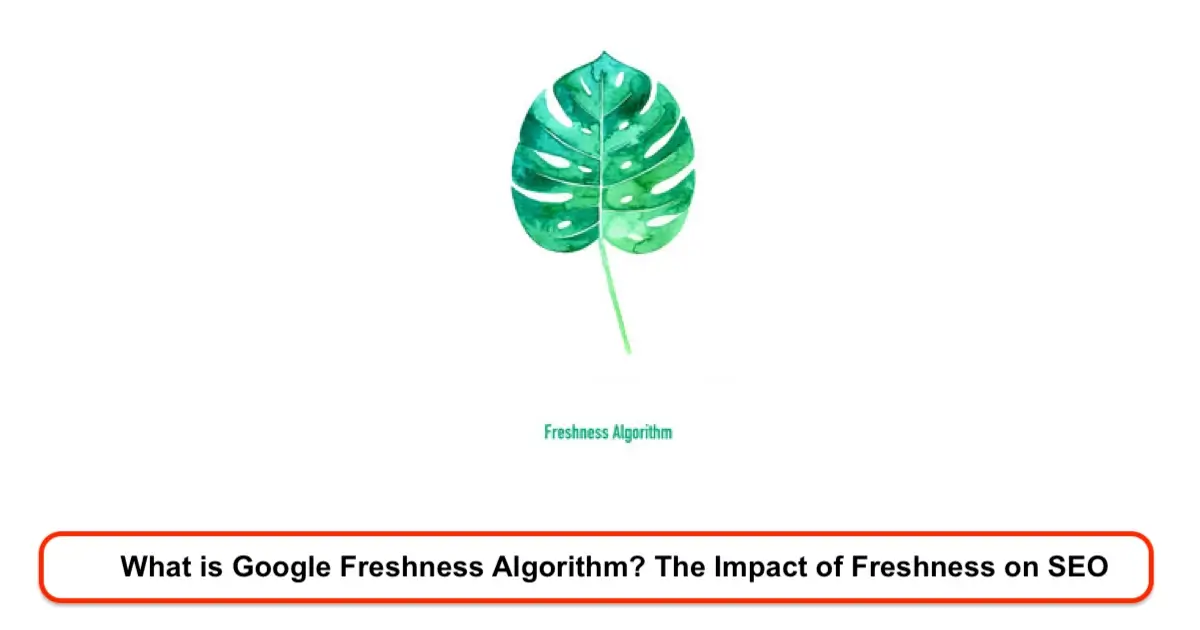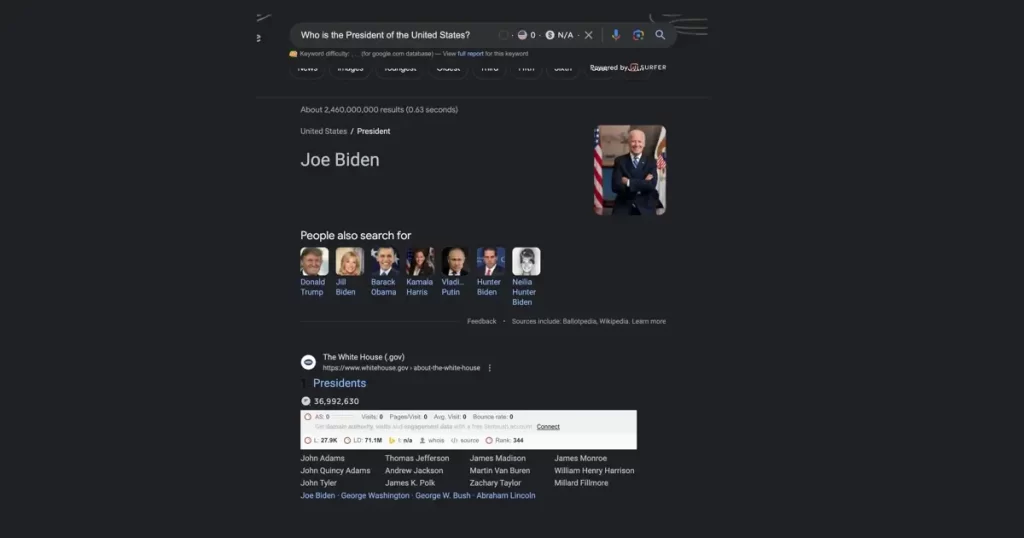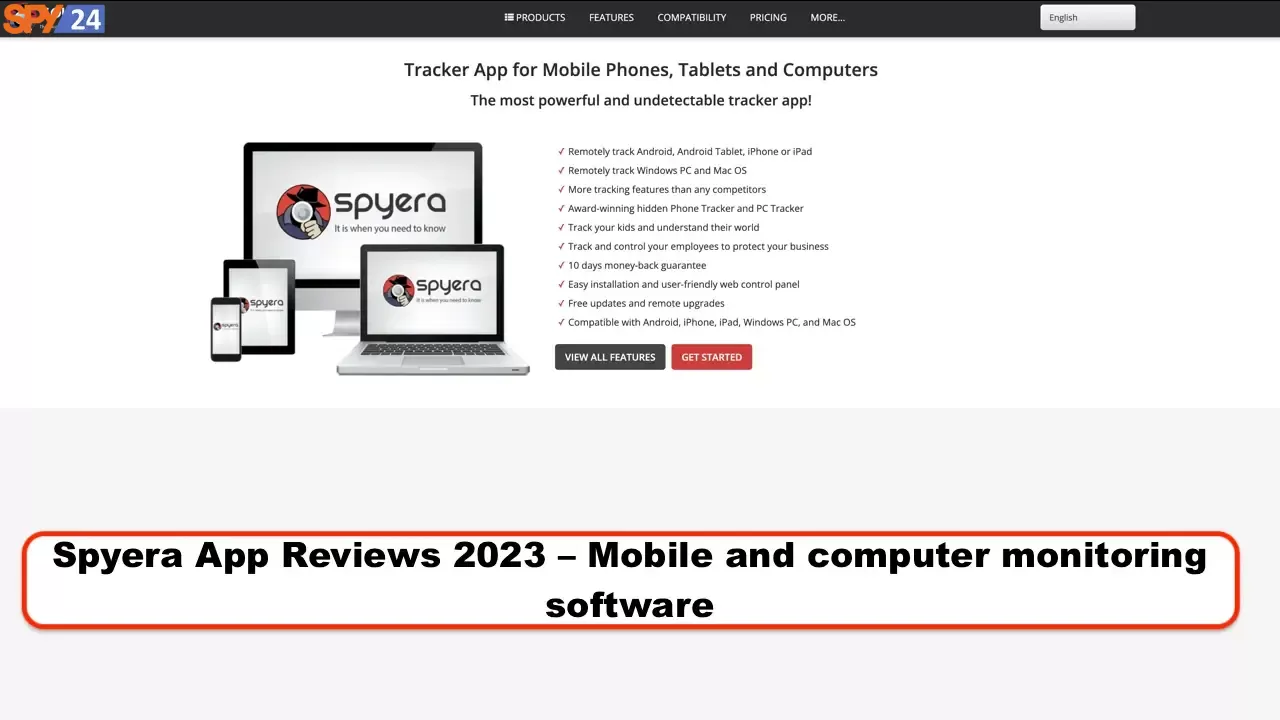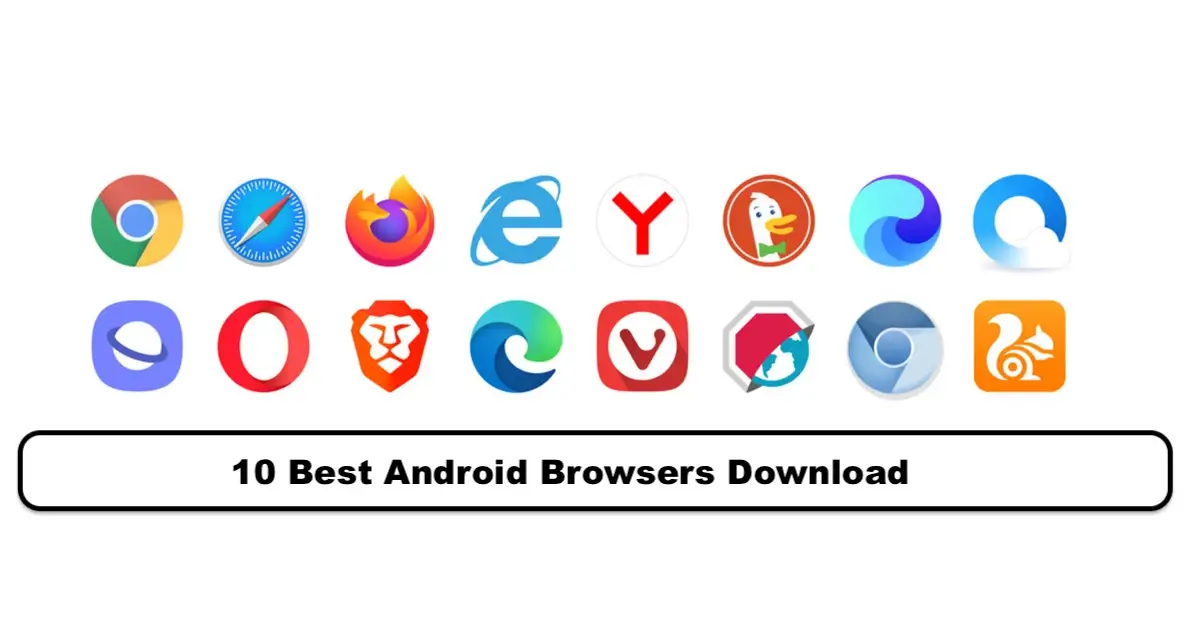
The Freshness algorithm is an algorithm that displays information up-to-the-minute, and sometimes even up-to-the-second on the results page for users.
Therefore, this amazing algorithm provides good opportunities for blog and website owners to be placed in high positions on the results page by updating content and producing content relevant to the day’s news, trends, and so on.
The content freshness algorithm has caused a major transformation in the ranking of Google search results pages, and this change has enabled the search engine to provide the most up-to-date results relevant to the query, performing much better. What better idea than to use the Google Freshness algorithm to your advantage by familiarizing yourself with more details and how it works to stay on the top search pages?
The purpose of the content freshness algorithm is to provide up-to-date and relevant content to the user’s query. Placement of older pages in higher ranks is one of the impacts of this algorithm so that pages that have fewer visits but have fresh and up-to-date content, can have the opportunity to shine.
However, keep in mind that not all topics related to the user’s query need new and up-to-date information. The content freshness algorithm targets topics that need to change and update due to time, global changes, and news.
What is the content freshness algorithm?
The Freshness algorithm was introduced on November 3, 2011, and according to reports provided by the Google team, this algorithm affects 35 percent of all search results. As the name of this algorithm suggests, the content freshness algorithm strives to provide fresher and more up-to-date results for users.
Adding the time criterion to the process of processing and ranking search results is one of the changes that came with this algorithm.
Let’s explain the basics of the content freshness algorithm with an example:
“Who is the President of the United States?” is a query that needs an up-to-date and new answer. The search engine must be up-to-date and accurately display the name of the president who changes every 4 years (a maximum of 8 years).

In fact, the Freshness algorithm prefers to provide updated content relevant to QDF queries to the user, but in general, there is no need to necessarily display new content about all queries. For example, a user searching for Steve Jobs’ biography or the names of books written by Franz Kafka does not need up-to-date information because the results related to these types of queries are almost similar and constant.
What is QDF (Query Deserves Freshness)?
QDF or Query Deserves Freshness, is Google’s re-ranking algorithm that is used to identify queries that need up-to-date results, queries that change in meaning over time.
This algorithm comes into play when a significant amount of attention is drawn to a particular topic, and news reports or search volume about that topic suddenly increases.
Google considers three sources for this:
- Blogs and magazines
- News portals
- Queries
If all three sources cover a specific topic and the amount of attention to it is more than average, then QDF identifies content related to it as “hot and up-to-date” topics.

You might ask what is the difference between the Freshness algorithm and QDF? The answer to this question can be as follows:
“QDF algorithm determines hot and up-to-date topics and queries, while the Freshness algorithm takes on the task of ranking pages that cover these topics.”
What factors does Google use to measure content freshness?
As mentioned earlier, the most important factor that the Freshness algorithm considers for evaluating the freshness of page content is the recency and freshness of the content.
According to MOZ reports, Google determines the freshness of content based on several factors; the most important of which are:
- The date Google indexed the page
- The amount of changes made to the main content of the page (more changes mean more freshness)
- The rate of changes on the page (frequent changes mean more freshness)
- The number of new pages on the website (more pages mean more freshness)
- The freshness of backlinks
The content freshness of the site is more important for QDF queries, and for this category of queries, websites that have more freshness (freshness resulting from the above factors) have a higher chance of ranking higher.
Topics that users need up-to-date and fresh content when they search for them include:
- Recent events
- Hot topics
- Events and reports that recur over periods of time. (like, presidential elections)
- Information that is always changing. (like, user reviews on a product or technology-related topics)
Effective strategies for using the Freshness content algorithm for site optimization
Now that you are familiar with how the Freshness algorithm works and its details, it’s time to use this algorithm to your advantage:
Fortunately, optimizing the site and content of pages to get a good score from the Freshness content algorithm is a very simple task.

What factors contribute to a better ranking in Google’s Freshness algorithm?
When Google crawls your website, like a spider, it navigates different parts to analyze positive signals and use them for ranking your site. With the introduction of the Freshness algorithm, the metrics that Google gathers from your site gain increased importance. So, what are these metrics?

- It’s better if the duration of a user’s visit to the site gradually increases
The point about the duration of a user’s stay on the site is that Google doesn’t just care about the first visit; subsequent visits by the user also affect the site’s ranking. For example, if users spend an average of 2 minutes on your site in the first week after the content is published, this number should increase over time, say after three months, it should be close to 3 minutes.
Gradually increasing the time a user spends on the site sends a signal to Google that the content on the site is still fresh. One practical way to increase users’ stay is to continuously update the page content. In this method, sections are added to the original article in short intervals, or by adding user comments, the content volume and the time users spend on the page increase.
- Get links from sites with fresh content
You may have heard a lot that every link given to your content counts as a positive score. However, it’s interesting to know that Google also examines the source that links to you; meaning if a site linking to you doesn’t generally have up-to-date content, the Freshness algorithm will decrease your site’s Freshness score.
Overall, receiving links for older pages on your site prevents a decrease in the freshness metric for them, as there are still pages linking to your content. Now, if these links are from sites and pages that are themselves fresh and useful, their value will be much higher.
- Continuous and targeted link-building is valuable
The best backlink strategy is to receive links continuously and in small quantities from different sites. For instance, if you receive a high volume of backlinks in a week and then receive no links for a month, you’ve followed an inappropriate backlink strategy. In this case, Google might identify your links as spam.
A better solution is to try to keep your old site content alive! To do this, you can share your previous articles on social networks, making your old site content fresh with newer links.
How to use the freshness algorithm to benefit your site’s SEO?
Now that you have gained valuable information about the basic concepts of the freshness algorithm and understood how to increase the rank of the freshness algorithm, it’s time to take advantage of this algorithm to improve your site’s SEO. We suggest you use the following 4 methods:

1- Update the content that ranks on your site
Prioritize those articles that have a high number of impressions and entries and are ranked on the results page. Try to update these articles with new statistics, numbers, quotes, images, and useful changes.
2- Be proactive in content creation
Websites that operate in the fields of news, cinema, music, and daily events should always try to provide daily information faster than their competitors. If your site is the first source of daily news, you will attract more users.
3- Receive positive social signals
One of the criteria that Google’s freshness content algorithm is very sensitive to is positive signals from social networks. So try to share your articles or content on social networks related to your business and link to them from your site. If the content you publish on these networks goes viral, be ready for an SEO boost on your site.
4- Don’t remove the publication date of articles
Deleting the dates of articles comes with high risk. Case studies show that the publication date of the content is one of the things that Google pays a lot of attention to. If you’re looking to get the best results from Google’s results page, instead of changing or deleting the date, keep the content of the page up-to-date.
Conclusion and Some Points
The first thing we can tell you as a conclusion might be to always keep your site content up to date; however, even though Google always looks favorably on fresh and updated content, this advice may not work for you in some cases!
A conclusion can be helpful when it helps you with all issues. So, consider the following important points:
- Know your user well in the first step.
- Then create content based on their needs and behavior.
- If your target audience is mostly looking for the latest trends and daily news, always keep your content up-to-date.
If you have users who are just looking to increase their knowledge level, evergreen content can be your site’s winning card.
To ensure the performance of your site, create a balance between new content and evergreen content on your site so you can satisfy a wider range of different users.
Conclusion:
By now you must have realized that Google shows a particular bias towards the freshness of website content and likes what it delivers to its audience to be fresh and hot. So, to get rank and traffic from Google, you must align with its policies and always produce fresh and new content for your users.
Read about Google’s other algorithms:
- What is the EAT algorithm
- What is Google’s Mobilegeddon algorithm
- Hilltop algorithm
- MUM algorithm
- BERT algorithm
- PageRank algorithm
- What is the RankBrain algorithm
- Google’s Hummingbird algorithm
- What is the Panda algorithm
- What is the Penguin algorithm
- Google’s Pigeon algorithm




